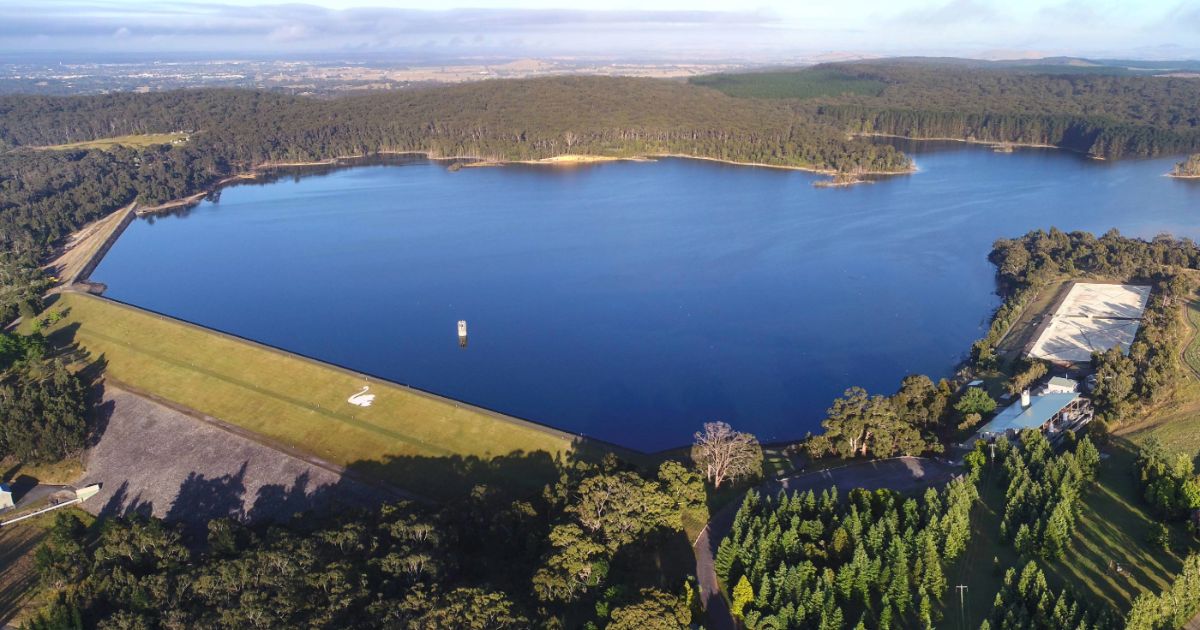Getting fire safe for summer

Safe over sorry: Develop a fire safe plan and prepare your home before the bushfire season kicks off. Photo: RUBY STALEY
PREPARING for fire season can encompass a variety of tasks and mean something different for every property owner.
However, whether it’s a thousand acres or a small house on the urban fringe, the commonality is always to protect the house and to, most importantly, stay alive.
Based in Linton, sheep and crop farmer Kevin Knights said the most important part of prepping his property and land for fire season is to graze heavily around all the houses and buildings.
“The critical part about that is to start that work early before the grass gets rank,” he said.
“We do graze our laneways, we have a laneway system on the property quite heavily to provide a road so that provides a significant fire breaker area.
“I normally graze twice, one in early Spring and one in late Spring, but this year with the forecast I think we will be doing it more often.”
On larger properties, fire officials often note to ensure driveways are clear and any low hanging trees and branches are cut out of the way for emergency vehicles.
“It’s about self-protection, we run a fire truck ourselves but in a big fire, it wouldn’t do much and we would still need a lot of help,” he said.
“We rely on the volunteer fire brigades so giving them good access is part of it to make it as accessible and clear the space.
“When there are significant fires there’s not enough fire trucks to service everyone so it’s a matter of everyone looking after themselves and doing the prevention they can beforehand.”
Although rural fires are typically at the centre of fire preparedness discussions, it’s important to remember even properties located in the urban fringes can be attacked by fire fronts and embers.
Brown Hill local Hazen Cleary is the coordinator for the area’s FireAware Network which aims to warn residents of the dangers of urban fires and ways to prepare for the season.
“The vast majority of Brown Hill is within a fire prone area and this urban fringe area is actually in a high-risk area,” she said.

“What most people don’t understand is that if a fire came to an urban fringe area the houses right on the edge might have exposure to the fire front, but embers can reach majority of the houses in the area.
“If embers get going in these smaller properties, the authorities are not then dealing with a fire front situation, they are dealing with a house-to-house which could have major implications for the suburbs.”
Even for suburban residents, Ms Cleary said she would encourage everyone to develop a fire safe plan and read up about the ways to prepare their specific properties for the season.
“If people can walk around their properties and find where the autumn leaves accumulate, these are the spots where embers can congregate and where you should concentrate on clearing,” she said.
“If they prepare their properties now, they won’t only have their own house to come home to if they leave but they also help to protect the neighbourhood as a whole.
“Having a fire plan is like house or life insurance, it’s good to have it ready just in case and it’s not a waste of time even if you don’t have to use it.”
For more information on how to prepare your house or property for the fire season, visit cfa.vic.gov.au/plan-prepare, or for Brown Hill residents specifically, brownhill.vic.au/brown-hill-are-you-bushifre-ready/.


















